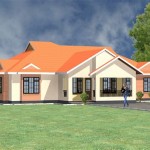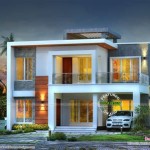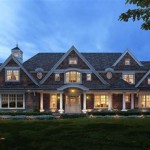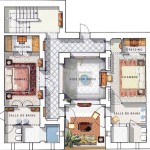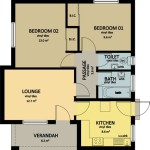Essential Aspects of Commercial Rabbit House Plans
When designing a commercial rabbit house, it is important to consider the following essential aspects to ensure the well-being of the rabbits, optimize productivity, and maximize profitability.
1. Housing Density: The appropriate housing density depends on the breed, age, and production stage of the rabbits. Overcrowding can lead to stress, disease, and reduced productivity. Determine the optimal number of rabbits per cage or pen based on industry standards and veterinary recommendations.
2. Ventilation and Temperature: Rabbits are sensitive to extreme temperatures and require adequate ventilation to prevent respiratory issues. Design the rabbit house with a ventilation system that provides fresh air while protecting rabbits from drafts. Ensure insulation to maintain a comfortable temperature range for optimal growth and productivity.
3. Waste Management: Proper waste management is crucial for hygiene and disease prevention. Plan for a system that efficiently removes manure and urine from the cages or pens. Consider using sloping floors, slatted floors, or automatic waste removal mechanisms to minimize labor and maintain a clean environment.
4. Feeding and Watering: Rabbits require a constant supply of fresh water and a balanced diet. Design the rabbit house with easily accessible feeders and waterers that allow each rabbit to feed and drink comfortably. Consider automated feeding systems to save time and ensure consistent nutrition.
5. Lighting: Rabbits have a sensitive circadian rhythm and require specific lighting schedules for optimal growth and reproduction. Provide natural light or artificial lighting that simulates natural daylight hours. Avoid excessive lighting, as it can disrupt their sleep-wake cycle and affect productivity.
6. Disease Control: Biosecurity measures are essential to prevent the spread of diseases. Design the rabbit house with separate compartments for different groups of rabbits and implement quarantine protocols for new arrivals. Implement regular cleaning and disinfection routines to maintain a healthy environment.
7. Labor Efficiency: Commercial rabbit houses should be designed for efficient labor management. Plan for easy access to cages or pens, automated systems for feeding and waste removal, and ergonomic workspaces to reduce manual labor and improve productivity.
By incorporating these essential aspects into your commercial rabbit house plans, you can create a productive, efficient, and humane environment that optimizes rabbit well-being, maximizes productivity, and ensures profitability.

Commercial Rabbit Cages Breeding

Rabbit Cage

Commercial Rabbit Cage Design Creating Comfortable And Sustainable Habitats For Ive Breeding

35 Rabbit Cages Ideas Hutches Meat Rabbits

Rabbit Cage

Commercial Rabbit Cages For Farming

35 Rabbit Cages Ideas Hutches Meat Rabbits

Building My Rabbit Hutch With Kw Cages Teal Stone Homestead

Commercial Rabbit Cages For Farming

Building That Perfect Home For Your Rabbit Breeds N Style Farm

